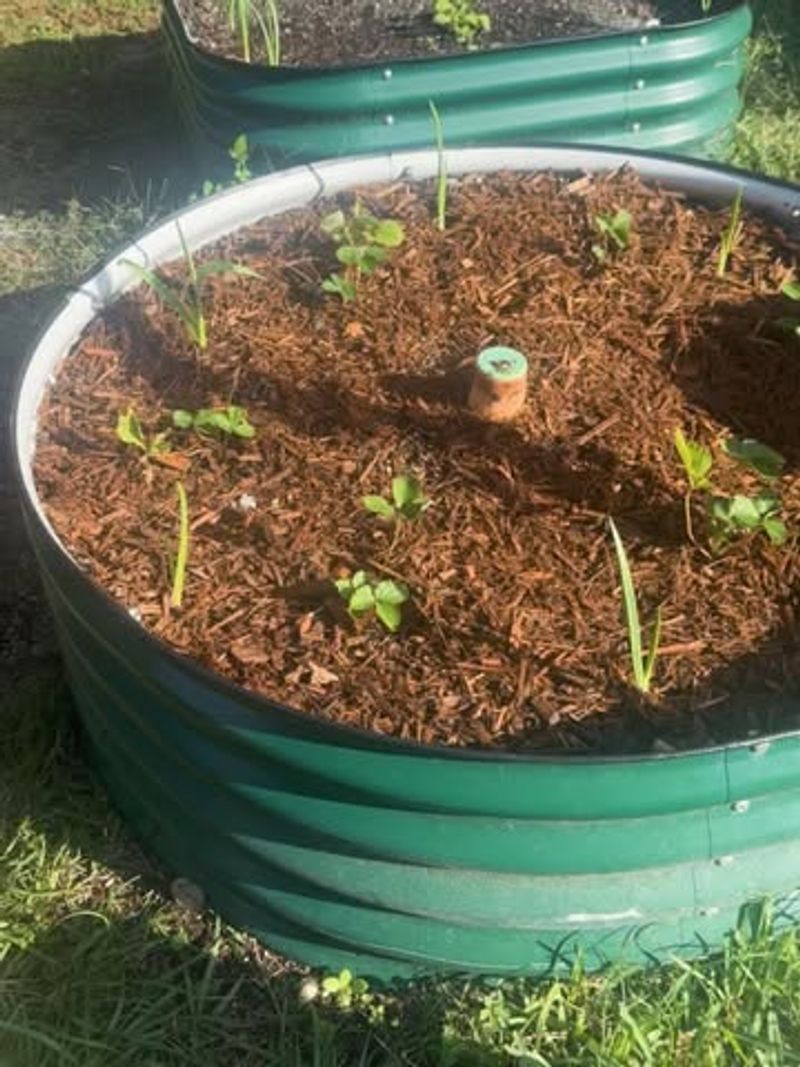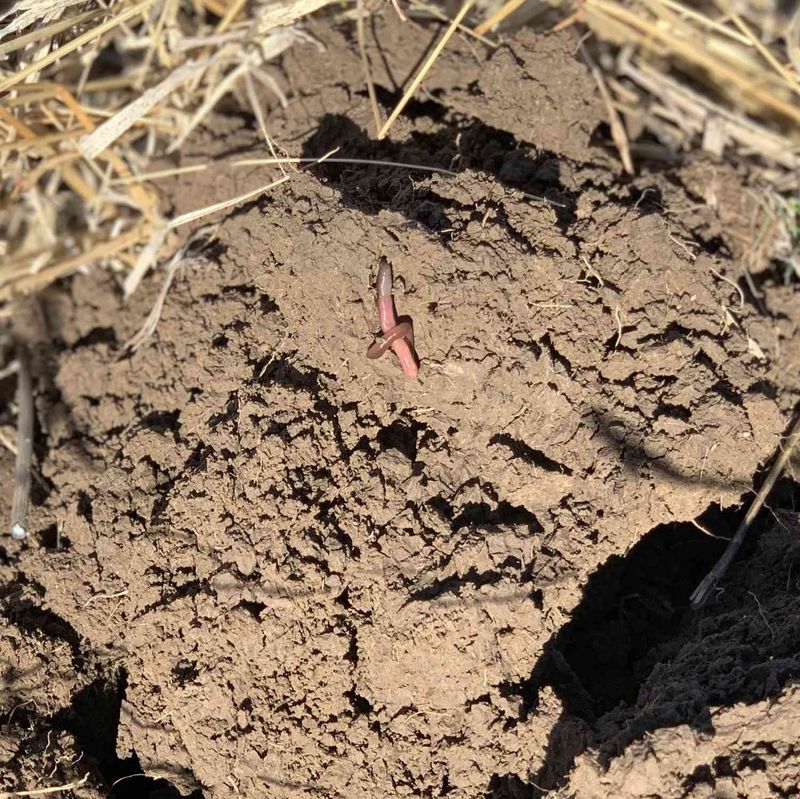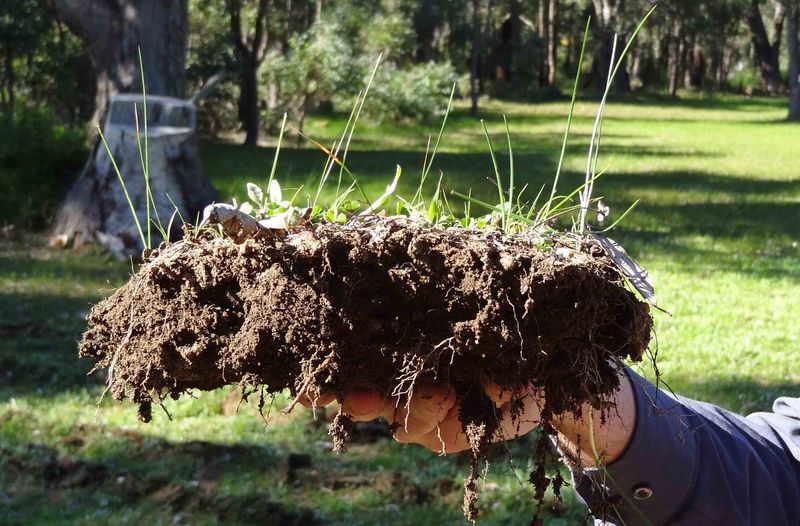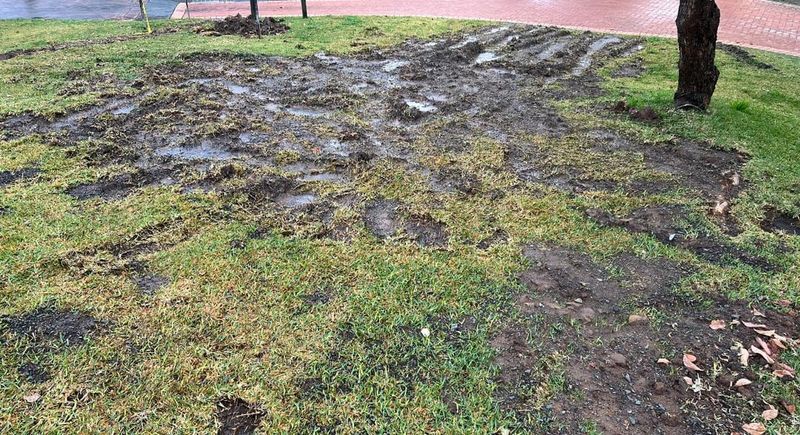Oregon’s rainy early winter weather makes gardening tricky, especially when it comes to preparing your soil for the next growing season. Many gardeners rush to till their beds before winter settles in, but working wet soil can actually cause serious problems that last for months.
Understanding why tilling soggy ground harms your garden will help you make smarter choices and set yourself up for a healthier, more productive spring harvest.
1. Compaction Creates Rock-Hard Clumps
Working wet soil with a tiller smashes soil particles together into dense, brick-like chunks that can take years to break down naturally. When soil is saturated, it lacks the air spaces needed to maintain its crumbly structure.
Once these hardened clumps form, plant roots struggle to penetrate them, and water can’t move through properly.
Your spring seedlings will have a terrible time trying to establish themselves in this concrete-like environment, leading to stunted growth and disappointing harvests throughout the entire growing season.
2. Destroying Beneficial Soil Structure
Healthy soil has a complex architecture with tiny tunnels, pockets, and pathways that took nature years to build. Tilling when moisture levels are too high collapses these delicate networks instantly.
Earthworms, beneficial microbes, and fungi all depend on these structures to survive and do their important work.
Without proper soil architecture, your garden loses its natural ability to drain water, hold nutrients, and support the underground ecosystem that keeps plants thriving. Rebuilding what you’ve destroyed takes considerable time and effort.
3. Oxygen Gets Squeezed Out Completely
Plant roots need to breathe just like you do, and they get their oxygen from air spaces between soil particles. Tilling saturated ground eliminates these crucial air pockets.
When oxygen disappears from the soil, beneficial aerobic bacteria can’t survive, and harmful anaerobic organisms take over instead.
Your plants will show signs of stress like yellowing leaves and poor growth because their roots are essentially suffocating underground. Oregon’s naturally heavy clay soils make this oxygen problem even worse when you till during wet conditions.
4. Drainage Problems Multiply Rapidly
Imagine trying to pour water through a solid brick versus a sponge—that’s what happens to your garden’s drainage after tilling wet soil. Compacted soil creates an impermeable layer that traps water on the surface.
Oregon already receives plenty of winter rain, and poor drainage turns your garden beds into swampy puddles that never seem to dry out.
Standing water encourages root rot, attracts slugs, and prevents you from planting when spring arrives. You’ll spend the next season fighting drainage issues instead of enjoying your garden.
5. Nutrient Availability Takes A Nosedive
Soil microorganisms act like tiny factories, converting raw nutrients into forms that plants can actually use. When you till wet soil, you disrupt and damage these microscopic helpers.
Compacted, oxygen-poor conditions make it nearly impossible for beneficial bacteria and fungi to function properly.
Even if you add fertilizer, your plants won’t be able to access the nutrients they need because the biological processes have been disrupted. You’ll notice weak, pale plants that don’t respond well to feeding, wasting both your time and money on amendments.
6. Weed Seeds Get The Perfect Environment
Tilling brings buried weed seeds up to the surface where light triggers them to sprout enthusiastically. Wet conditions make this problem even worse because compacted soil creates the perfect germination bed for aggressive weeds.
Meanwhile, your desirable plants struggle in the damaged soil, giving weeds a competitive advantage they normally wouldn’t have.
You’ll spend countless hours pulling weeds next season instead of harvesting vegetables. Oregon’s mild, wet winters already encourage weed growth without giving them extra help through improper tilling practices.
7. Recovery Takes Multiple Growing Seasons
Fixing severely compacted soil isn’t a quick weekend project—it requires patience and consistent effort over several years. You’ll need to add organic matter repeatedly, avoid working the soil when wet, and possibly grow cover crops to help break up the hardpan.
Some gardeners resort to double-digging or hiring professionals to break through the compacted layers. All this extra work could have been avoided by simply waiting for drier conditions before tilling.
Oregon’s short growing season makes losing even one year to soil recovery particularly frustrating and costly.








